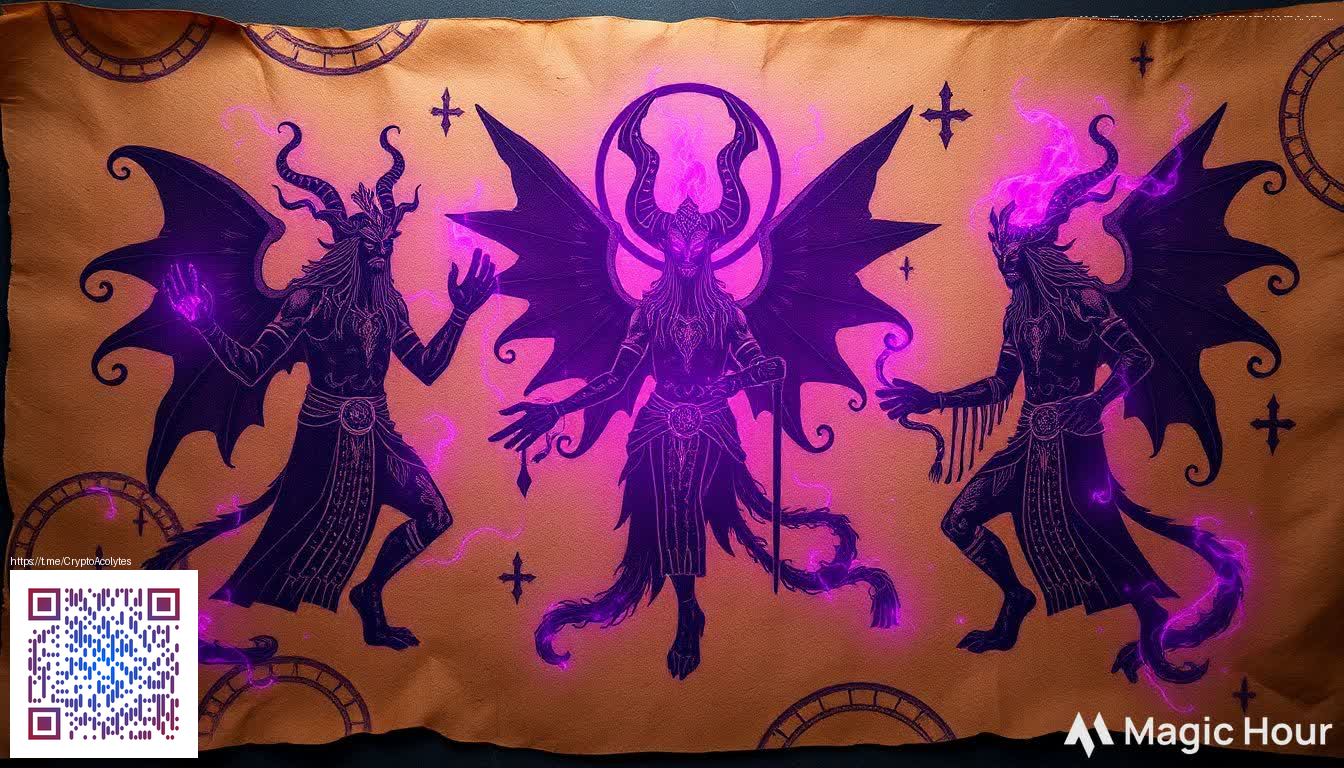
Johto’s juggernaut measured against the field
The sophomore generation of Pokémon redefined what a handheld RPG could become by expanding both the world and the systems players relied on. Originating in Japan in 1999 and rolling out to North America and beyond in 2000, these titles landed with a bang and a bold design that pushed players to think beyond the original Kanto arc. The result was not just more Pokémon to catch, but a deeper, more interconnected adventure that demanded new strategies from veterans and newcomers alike.
At the core of the package sits a sweeping two-region campaign that invites you to explore Johto and then revisit Kanto in postgame fashion. This structure kept the world feeling expansive while maintaining a tight, looped progression that rewarded exploration and team-building. A suite of new mechanics accompanied the journey, and together they set a new bar for what a mainline Pokémon game could offer in terms of depth and replayability.
Core gameplay leaps that set the standard
One of the most visible shifts is the day-night cycle, which didn’t just flavor encounters; it altered which Pokémon appeared and how certain events unfolded. The cadence of battles and the pacing of the narrative gained a new rhythm that made late-game exploration feel notably different from daytime play. The addition of 100 new species expanded the ecosystem dramatically, offering fans more options for types, moves, and synergy than ever before.
Breeding emerged as a powerful tool, enabling players to pass moves and traits to offspring, effectively enabling more precise IV optimization and move pools. Coupled with the introduction of held items, players could tilt the scales in mid-battle and craft strategies that went beyond raw power. Shiny hunting also made its debut in this generation, injecting a layer of rarity-chasing that helped sustain long-term engagement long after the story was completed.
The world itself grew richer with more complex NPC interactions, improved routing between towns, and a postgame that encouraged revisiting familiar routes with new incentives. The regional dynamic between Johto and the Kanto region created a loop that rewarded both planning and adaptability, a hallmark that competitive players later built upon in subsequent generations.
Where it stands against the contemporaries
When stacked against the immediate predecessors, these titles push the envelope with more robust world-building and a more intricate battle ecosystem. Against later rivals in the series, the Gen II core remains a touchstone for how to balance breadth with accessibility. The groundwork laid here—two region design, breeding driven depth, and a richer set of held items—still influences how designers conceive long-running RPG franchises.
From a competitive perspective, the introduction of the Dark and Steel types reshaped how players approached matchups. This was not merely a new catalog of counters; it was a turning point in type balance that forced players to re-evaluate team composition and move selection. The result is a meta that rewards foresight, versatility, and resilient planning—qualities that have echoed in later generations as well.
Community pulse and modding culture
The fan community carried the torch by embracing ROM hacks, fan patches, and various quality-of-life improvements long after the official storefronts had moved on. Modding culture around this era thrives on preserving the classic feel while injecting fresh twists, such as enhanced encounter rates, altered roaming schedules, and randomized runs. That spirit of tinkering is what kept these games relevant for decades, proving that a well-crafted core can outlive its original hardware by a long shot.
Modern players also revisit these classics through remakes and re-releases, ensuring that new generations experience the same sense of discovery. The continued curiosity around how the games handle trade, compatibility, and progression speaks to a design that rewards experimentation and community collaboration.
Updates, remakes, and the enduring legacy
Beyond the original releases, the franchise expanded with remakes that preserved the spirit while refining the mechanics for newer hardware. HeartGold and SoulSilver arrived with updated visuals, refined controls, and additional postgame content, bringing Johto into a modern play environment without sacrificing the nostalgic charm that defined the era. These updates helped the games reach new audiences and demonstrate how a beloved design can evolve without losing its core identity.
As a benchmark for what a handheld RPG experience can be, these games provided a template that future generations refinished rather than discarded. The blend of new features, a broader world, and a thoughtful approach to difficulty curves created a lasting impression on fans and developers alike.
To keep the momentum going and support a broader vision for our gaming networks, consider supporting a decentralized internet initiative that aligns with the spirit of open collaboration. Your contribution helps sustain an ecosystem where fans and creators build, share, and iterate together.
Support Decentralized Internet